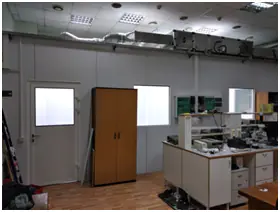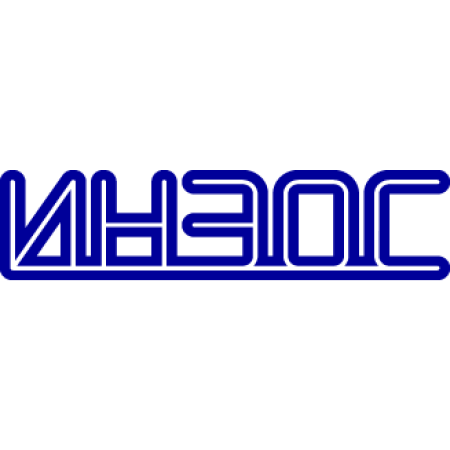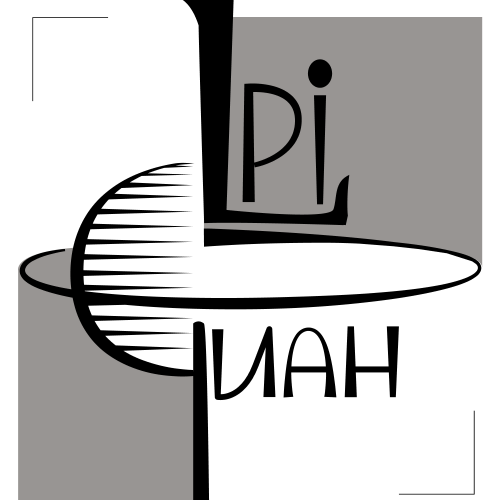Publications
78
Citations
983
h-index
19
Authorization required.
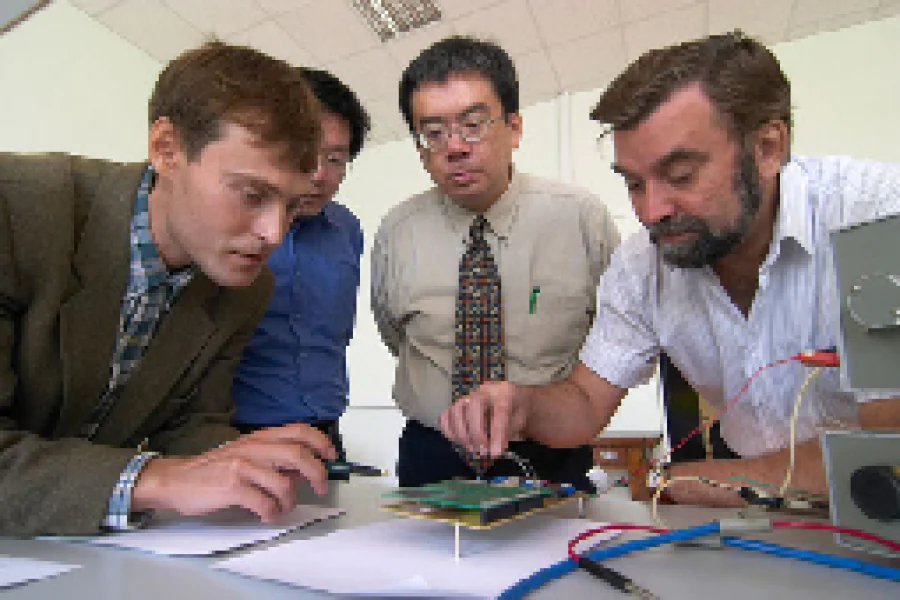
The main scientific directions:
Molecular statistical physics of liquid crystals
Computer modeling of liquid crystal structures
Electro-optics and nonlinear optics of liquid crystals
Photosensitive liquid crystal materials
Development of liquid crystal polymers to create artificial muscles
Investigation of capillary effects in liquid crystals on the International Space Station
Development of ultrafast liquid crystals to create displays with sequential alternating backlight colors
Creation of new LCD materials capable of detecting impurities of harmful or dangerous substances in the environment
Investigation of optical memory in liquid crystals
- Molecular statistical physics of liquid crystals
- Computer modeling of liquid crystal structures
- Electro-optics and nonlinear optics of liquid crystals
Alexander Emelyanenko
Head of Laboratory
Research directions
Lyotropic liquid crystals
+
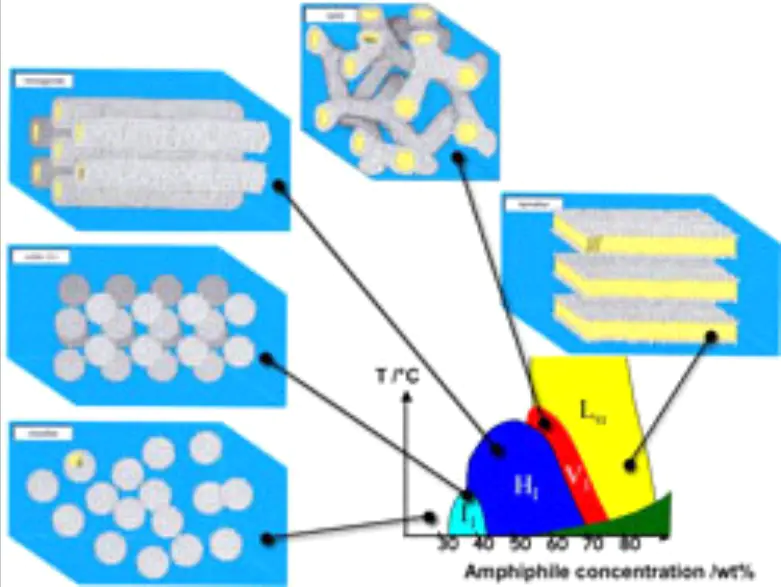
A liquid crystal mesophase is called lyotropic if it is formed by dissolving an amphiphilic mesogen in a suitable solvent under suitable concentration, temperature and pressure conditions. A mixture of soap and water is an everyday example of a lyotropic liquid crystal.
Electro-optics of composite liquid crystal materials
+
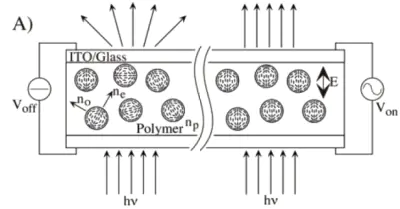
In composite materials, surface phenomena have a significant and sometimes dominant effect on their structural ordering and, as a result, on their macroscopic properties. The importance of the proposed study is determined by the need to obtain detailed information about new effects realized at interphase boundaries and their manifestation in the volumetric properties of heterophase structures. Such studies constitute one of the leading directions in the development of the latest problems of soft matter in materials science. The knowledge gained will serve as the basis for the creation of micro- and optoelectronic liquid crystal materials with a conceptually new type of control [D.A. Higgins et al., Acc. Chem. Res. 38, 137-145 (2005)]
Computer simulation of liquid crystals
+
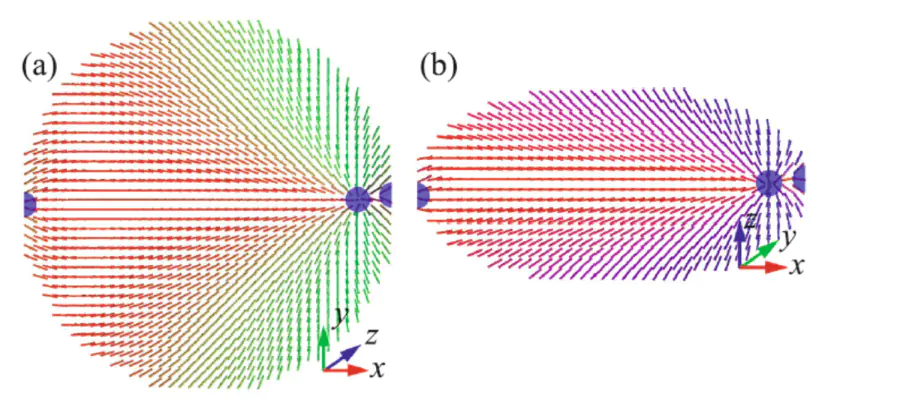
Computer modeling allows solving problems of high complexity and conducting in-depth analysis of ongoing physical processes. We are engaged in two areas of computer simulation of LCD: 1) Molecular modeling aimed at calculating the parameters of the material in a given phase (elastic constants, viscosity constants, spontaneous bending, etc.) 2) Mesoscopic modeling aimed at calculating the structure of the director field in a limited volume LCD drop. The method developed by us allows us to take into account the influence of an external electric field and surface on nematic and holistic LCDs.
Investigation of smectic liquid crystals on the International Space Station
+

Two-dimensional liquids create new opportunities for research in areas such as the recognition of biological molecular objects, oil and mineral extraction, food production, the creation of special coatings and waterproof materials, pharmaceuticals, etc.
Photosensitive liquid crystal systems
+
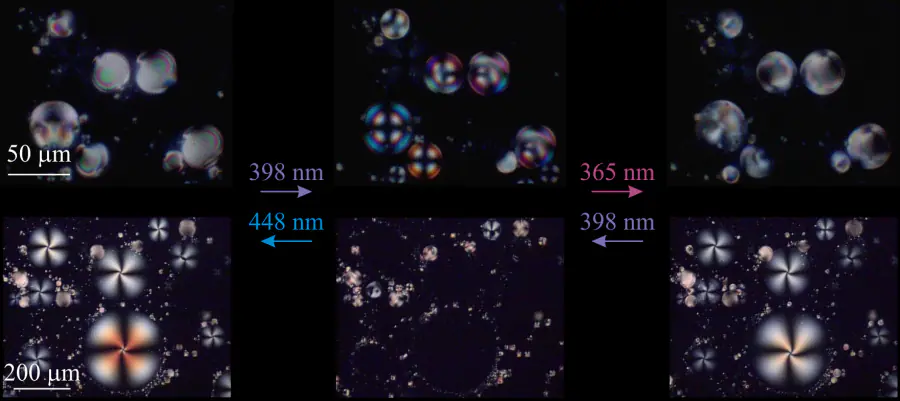
The introduction of certain polymer additives into the liquid crystal matrix makes it possible to obtain materials that are highly sensitive to light exposure. Thus, orientational transitions caused by changes in boundary conditions can be observed in liquid crystal microdrops under the action of light.
LCD materials for full-color energy-saving displays without color filters
+
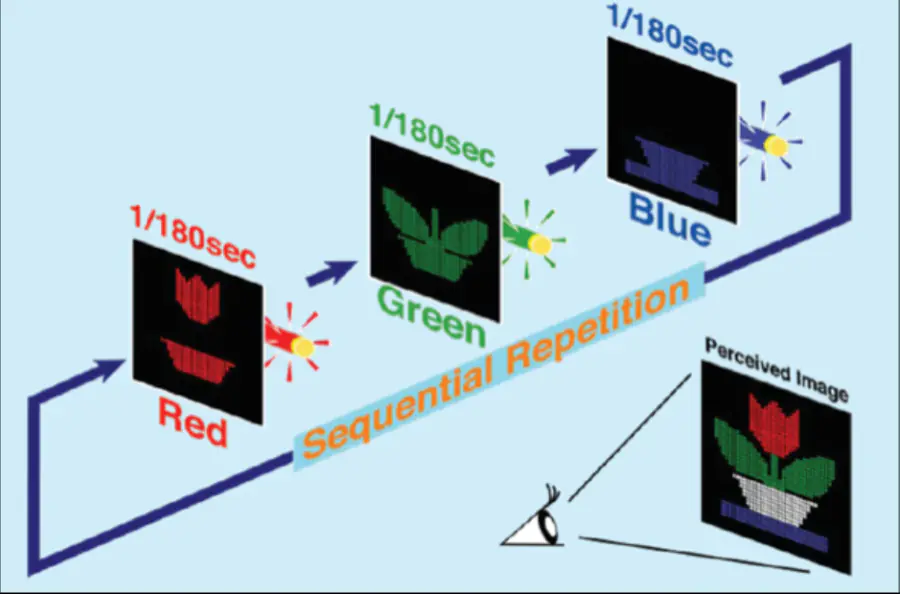
Ferroelectric liquid crystals (FCS) are promising for the creation of new generation displays, since their performance is 2-3 orders of magnitude higher compared to nematic liquid crystals (NLCs) currently used for the production of displays. For LCD displays, the technology of sequential alternating backlight colors can be applied. LC materials will provide higher resolution, lower power consumption and a wide range of colors compared to NLCs.
Nematics with a gigantic dielectric constant
+

The staff of the Liquid Crystal Laboratory of the Faculty of Physics of Moscow State University, together with scientists from Japan (RIKEN Center for Emergent Matter Science and Tokyo Institute of Technology), for the first time established the molecular causes of the existence of unique ferroelectric nematic phases and found an accurate solution describing their structure and properties.
Publications and patents
Found
Nothing found, try to update filter.
2022
—
2023
| Емельяненко Александр Вячеславович
Lab address
Москва, Ленинские Горы, 1с35
Authorization required.




